Currently Empty: $0.00
Tai Chi Knowledge
Essential Tai Chi Chuan Techniques for Health and Combat
Ever thought about why so many people love Tai Chi Chuan? Looking for smooth moves to stay healthy or strong moves to protect yourself? Tai Chi Chuan’s got you covered with both. It’s got everything – slow, calming moves and fast fighting techniques. This old-school martial art works great today. Here are 12 must-know Tai Chi Chuan moves that work for newbies and pros, mixing old-school wisdom with real-world use.
Table of Content
- Tai Chi Chuan warm-up exercises for flexibility
- Chen style Tai Chi Chuan combat techniques
- Yang style Tai Chi Chuan for stress relief
- Tai Chi Chuan silk reeling energy drills
- Tai Chi Chuan sword techniques and applications
- Tai Chi Chuan push hands training benefits
- Tai Chi Chuan breathing techniques for health
- Tai Chi Chuan for back pain relief
- Tai Chi Chuan five elements theory applications
- Tai Chi Chuan for better sleep quality
- Tai Chi Chuan history and lineage preservation
- Tai Chi Chuan for seniors balance improvement
- Tai Chi Chuan meditation in motion methods
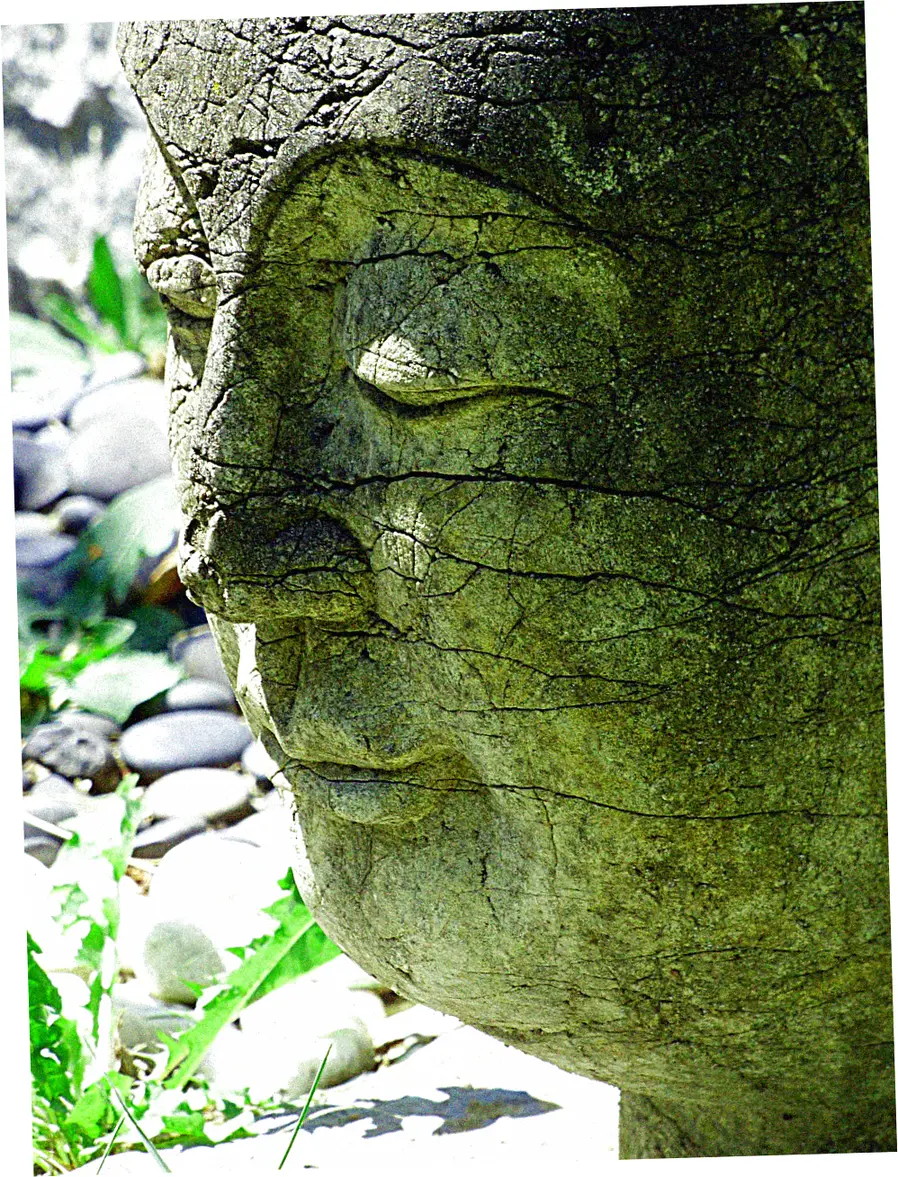
Tai Chi Chuan warm-up exercises for flexibility
Warming up right is super important before doing Tai Chi.
These warm-ups get your body ready and your mind in the right place. My student Sarah says these warm-ups changed everything – she moves easier and smoother now.
Easy stuff like rolling your shoulders, gentle twists, and ankle circles really help. Take the Rising and Sinking move – it’s great for starting slow. It helps you learn how to shift your weight, which is super important in Tai Chi. Don’t hurry – take your time to wake up your body bit by bit. Lots of people skip warm-ups, then wish they hadn’t when they can’t move right. Don’t be like them – your body will be happier if you warm up.
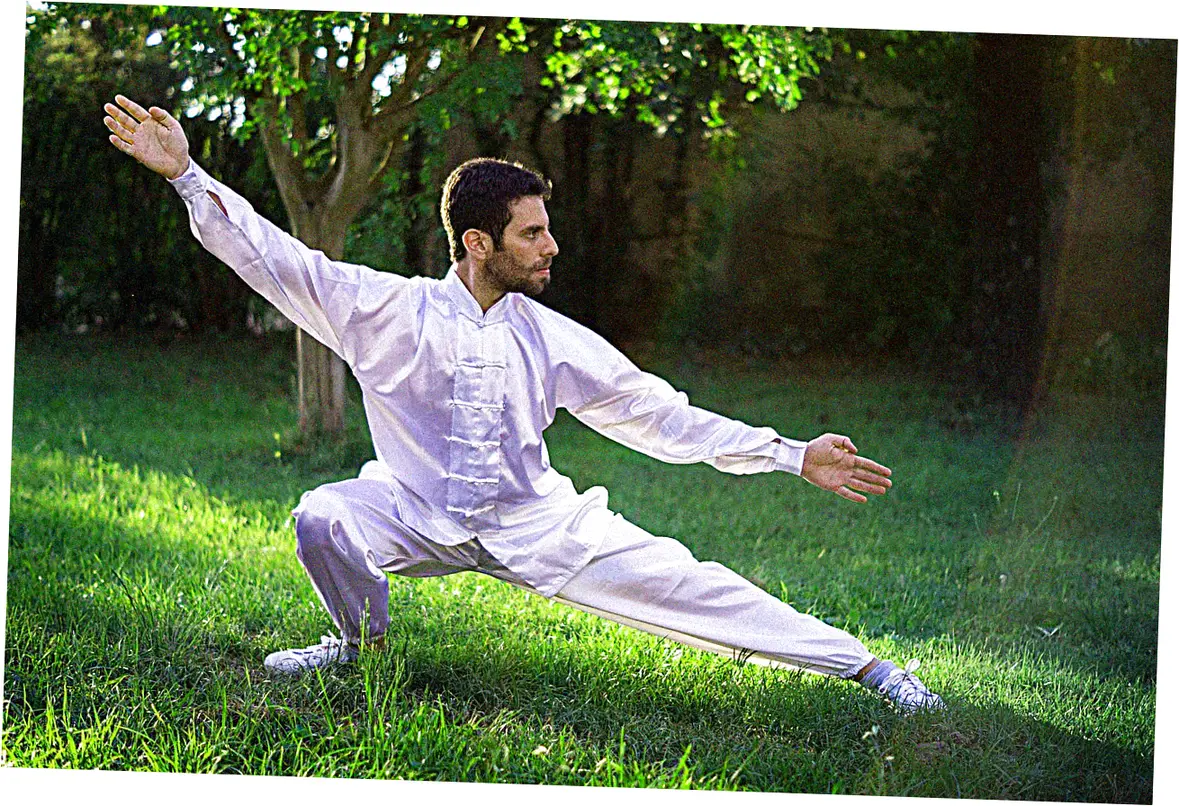
Chen style Tai Chi Chuan combat techniques
Chen style is special because it mixes slow moves with quick, strong punches.
Check out Buddha’s Warrior Pounds the Mortar – looks easy but hits hard in a fight. I’ve seen masters use this move in real fights – it really works.
The trick is going from soft to hard – that’s Chen style’s special thing. Wild Horse Parts Its Mane is another cool one – it shows you how to use someone’s force against them while staying steady. These moves aren’t only for fighting – they help you understand how your body works. My students say they stand straighter and move better after working on these fighting moves. If you want to learn Tai Chi for fighting, Chen style has tons of useful moves.
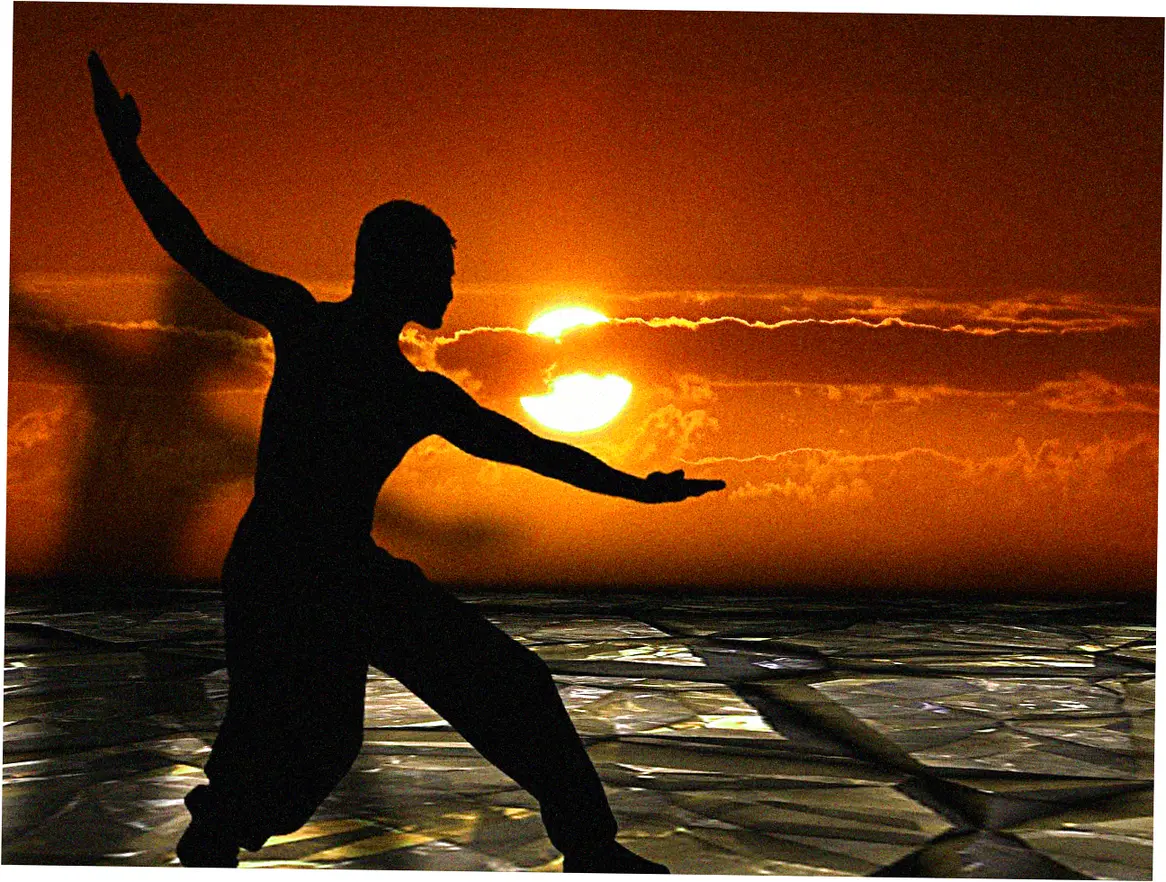
Yang style Tai Chi Chuan for stress relief
Yang style’s easy, flowing moves are perfect for chilling out in our busy world.
Try Wave Hands Like Clouds – it’s great for shaking off stress. My office worker Michael does this for 15 minutes at lunch – says it really helps him relax.
Yang style is all about smooth moves that flow together like a dance. While other styles focus on fighting, Yang style is more about staying healthy, with some fighting basics mixed in. Holding Ball is good for focus and makes your arms and belly stronger. Studies say doing Yang style often can actually lower stress hormones. Newbies love Yang style because it’s easy to learn but still gives all Tai Chi’s good stuff.
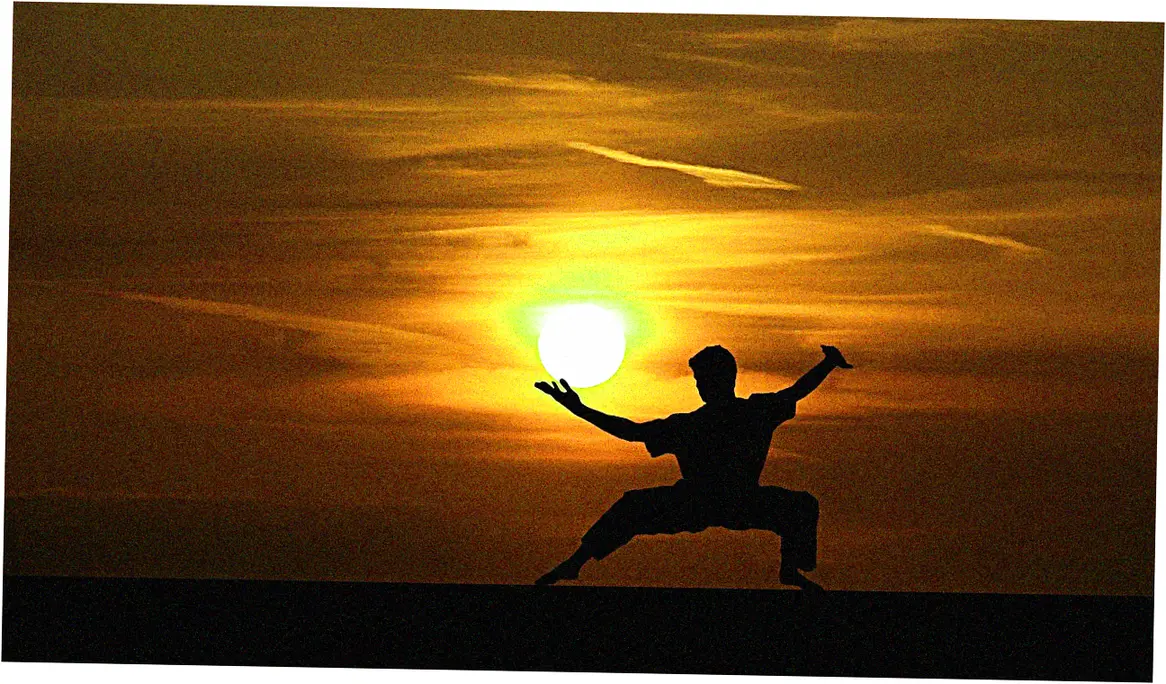
Tai Chi Chuan silk reeling energy drills
Silk reeling (they call it Chan Si Jin) is where Tai Chi’s twisting power comes from.
These exercises seem easy, but there’s more to them than meets the eye. Think about pulling silk from a cocoon – that’s the kind of smooth move we’re going for.
My teacher made me do these for months before teaching me anything else – now I get why. They teach you how to stand right and make power come from your center. Don’t just use your arms – real silk reeling uses your whole body working together. Get these right, and you’ll move better, feel stronger, and stay steadier. No matter what Tai Chi style you do, you should practice silk reeling every day. It’s like learning ABCs before writing – you gotta start here to get good.
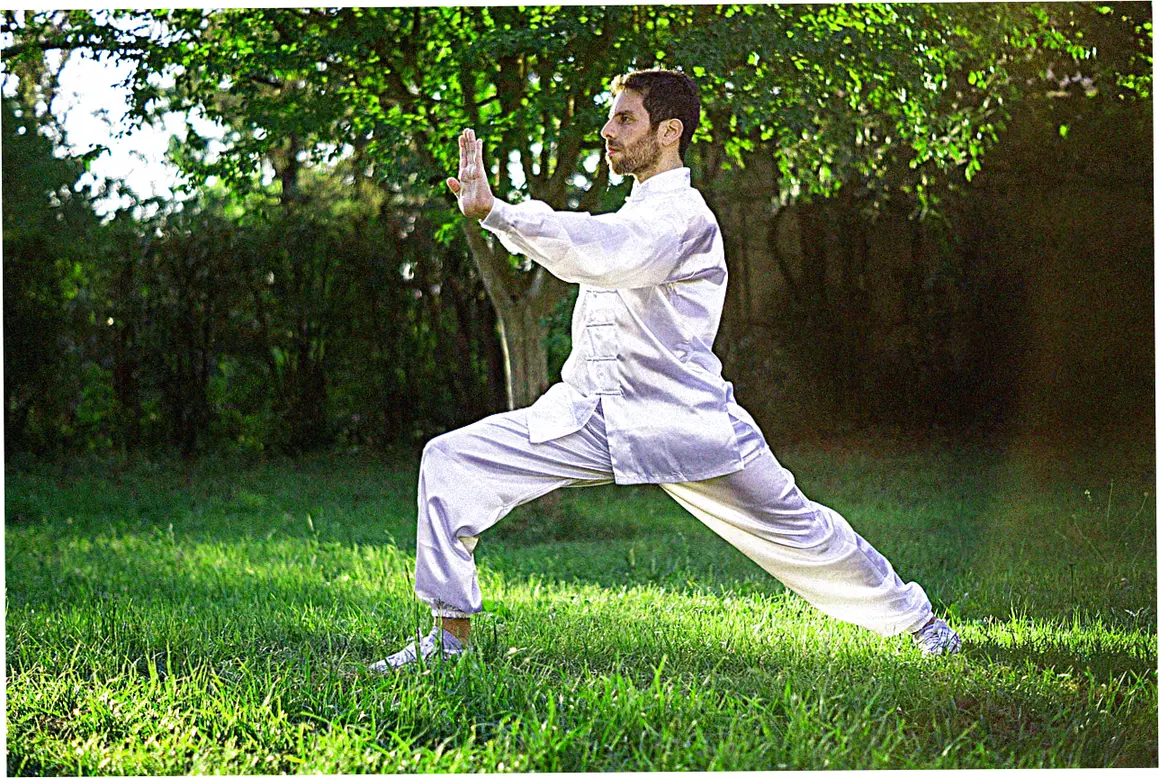
Tai Chi Chuan sword techniques and applications
The Tai Chi sword (called Jian) lets you move energy like an artist with a brush.
Southern styles focus on defense – using smart angles instead of muscle to stop attacks. I once saw a small woman use these moves to easily block a bigger guy’s attacks.
Cool moves to try are Clouds Intercepting Moon and Green Dragon Comes Out of Water. Tai Chi sword isn’t about attacking – it’s about sticking to your opponent’s moves and turning them around, which works without weapons too. The sword’s weight shows you when your posture’s off – you’ll feel it right away. Lots of people say sword practice helps them get Tai Chi better and makes training more interesting. Once you’ve got the basics down, trying the sword is a fun way to level up.
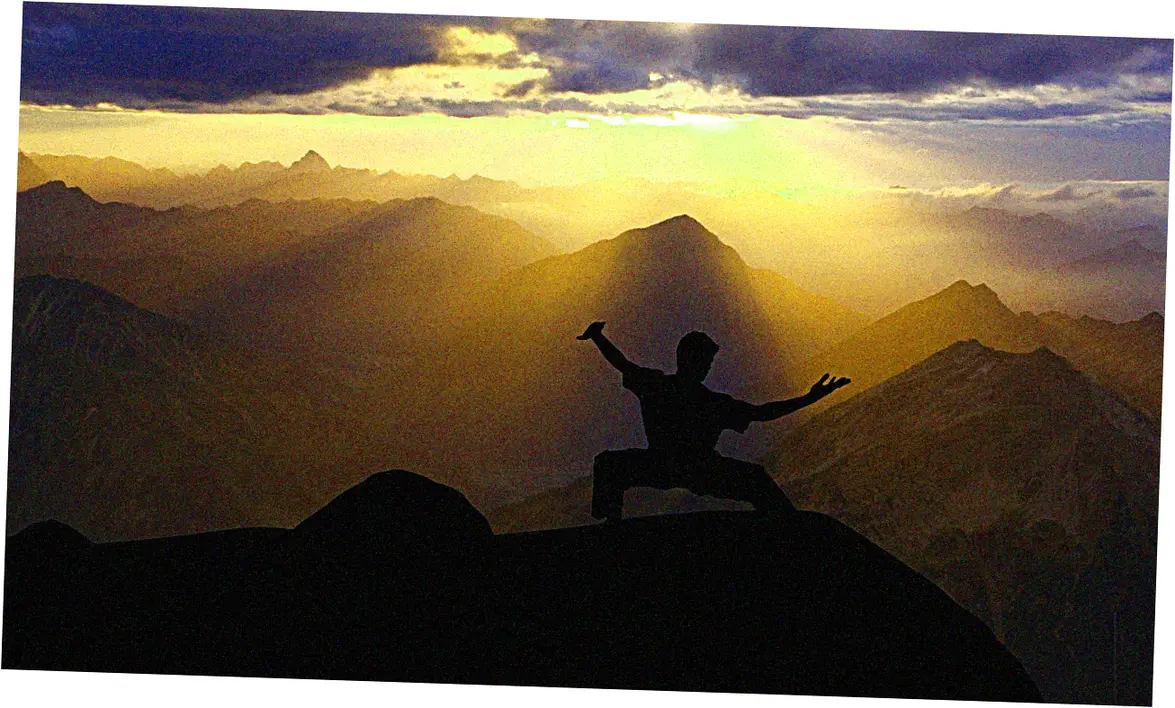
Tai Chi Chuan push hands training benefits
Push hands (they call it Tui Shou) lets you practice Tai Chi with a partner.
This is where you see if what you’ve learned really works, checking how well you can feel and stay steady. One time, me and a partner worked on just one push hands move for a whole class – we learned so much.
You learn to feel what your partner’s doing and react right – useful for fighting and everyday stuff too. People often mess up by pushing back too hard or losing their footing. Doing push hands often makes you better and helps you connect with other Tai Chi folks. Lots of places use push hands to help people relax, showing it’s good for more than just fighting. Whether you want to fight or just connect, every Tai Chi student should try push hands.
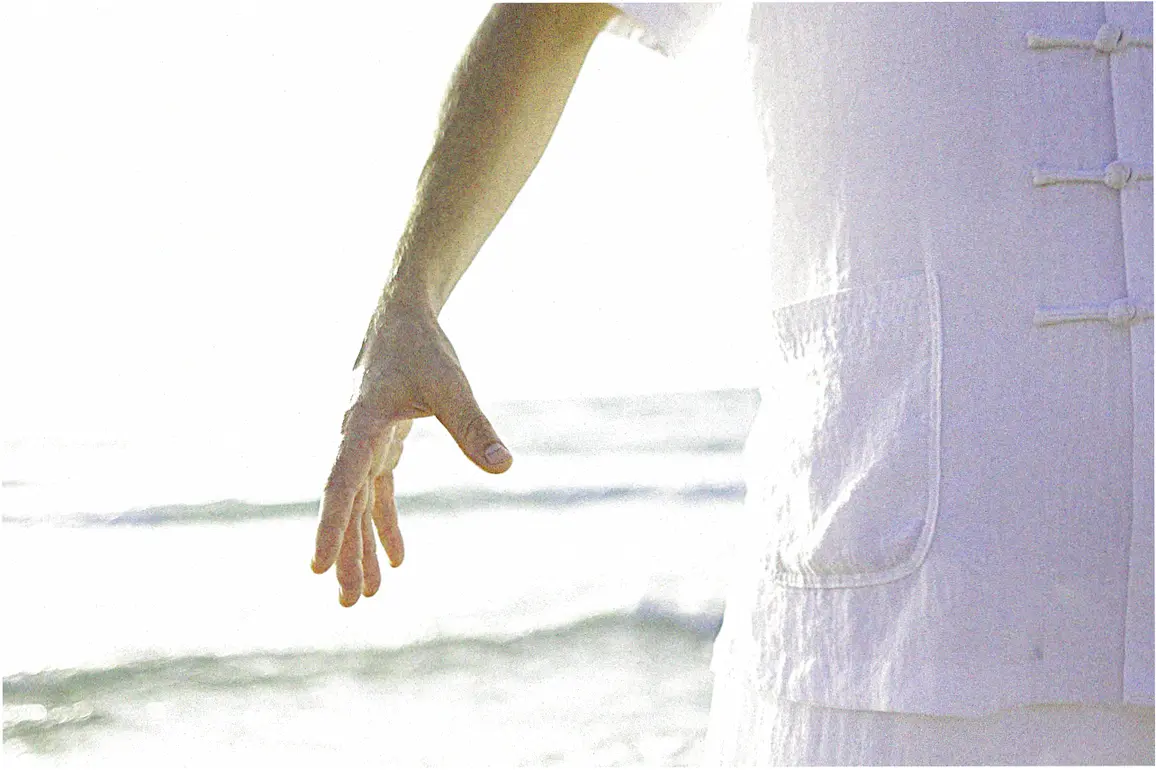
Tai Chi Chuan breathing techniques for health
In Tai Chi, breathing connects your mind and body.
Breathing right makes everything work better, whether you’re doing Tai Chi for health or fighting. One student with asthma got much better after working on these breathing methods.
Here’s the key: breathe deep and natural, matching your breath to your moves. Breathe out when moving down or out, breathe in when moving up or pulling in. Experts sometimes use fancy belly breathing for power, but newbies should start with regular breathing. Research shows Tai Chi breathing can lower blood pressure and help you breathe better. While other exercises might leave you panting, Tai Chi breathing keeps you calm but energized. Try focusing on your breath next time – it could be what’s been holding you back.
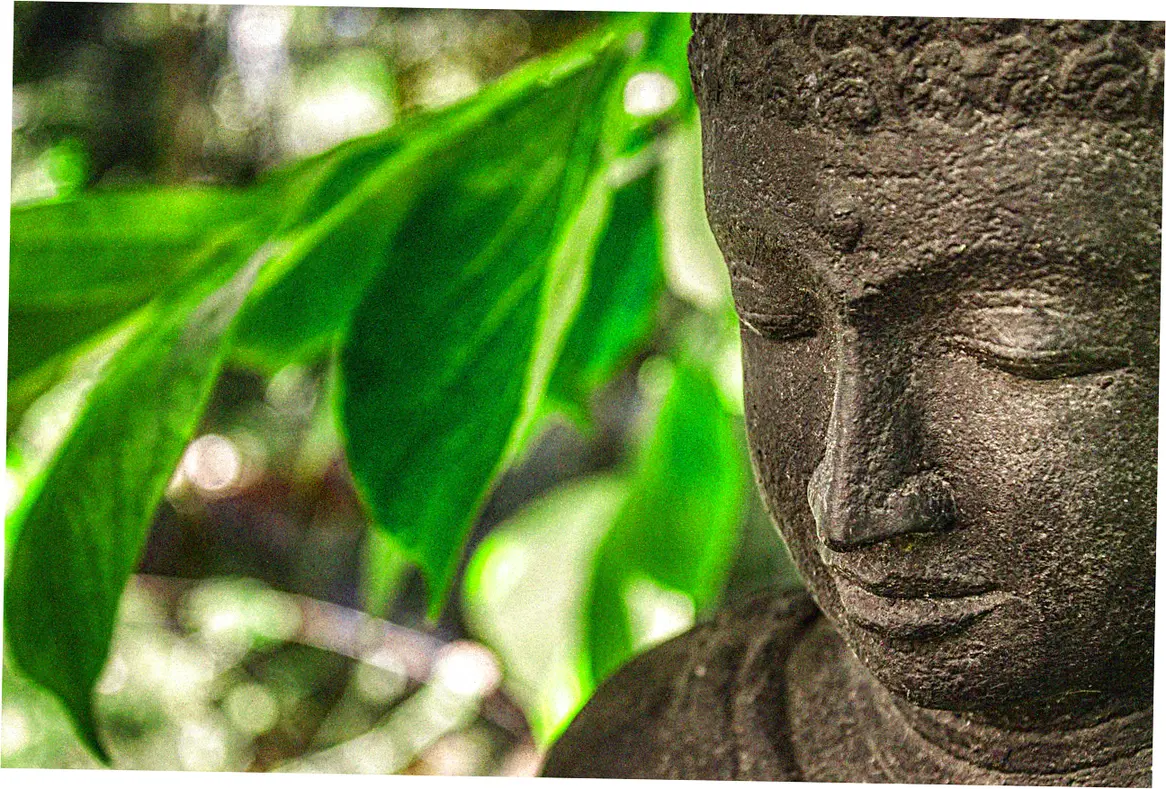
Tai Chi Chuan for back pain relief
Tai Chi’s easy on your body and focuses on standing right, so it’s great for bad backs.
Physical therapist Dr. Wong uses Tai Chi to help people recover, and it works really well.
Take Withdraw and Push – it makes your back stronger and helps your spine move better. Unlike jerky exercises that can hurt, Tai Chi’s slow moves let your body adjust without pain. Standing straight, moving from your center, and not stretching too far make Tai Chi safe for bad backs. One study found people doing Tai Chi had 30% less back pain than others. Whether your back hurts from sitting too much or old injuries, Tai Chi might help when nothing else does. Check with your doctor, but don’t ignore this easy yet effective way to help your back.
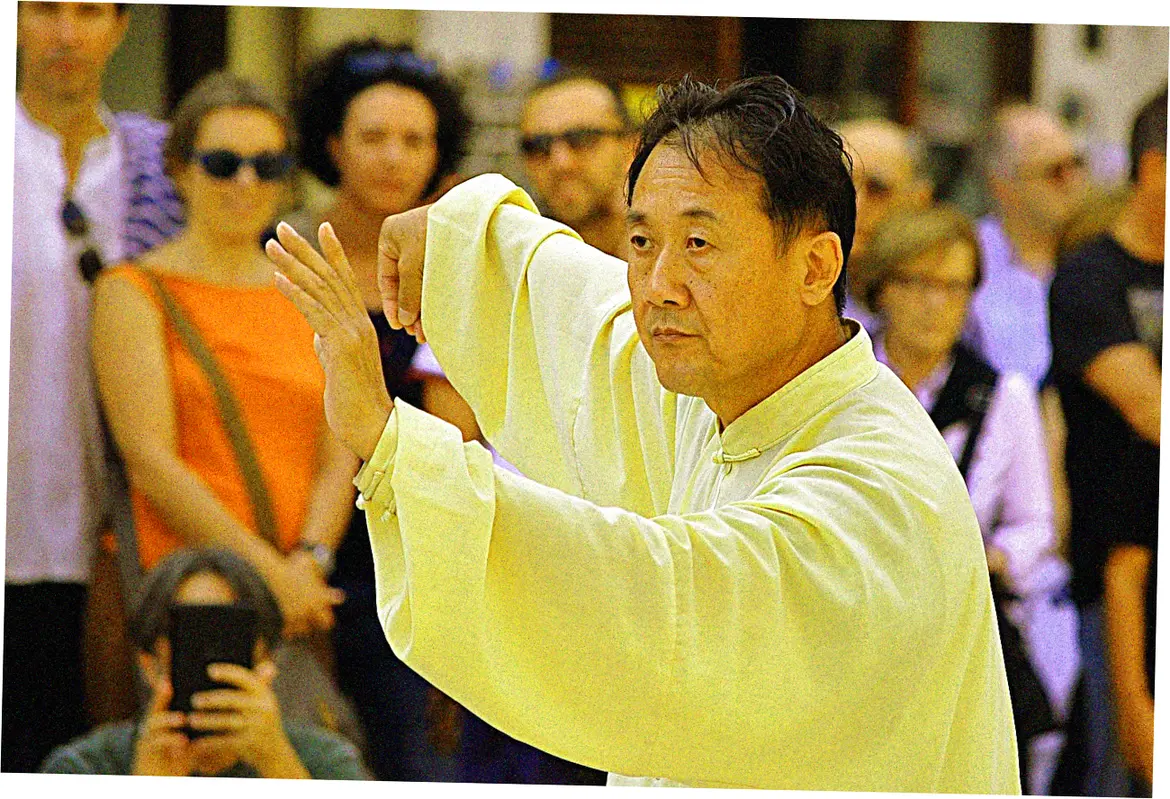
Tai Chi Chuan five elements theory applications
Those five elements (wood, fire, earth, metal, water) aren’t just ideas – they show up in real Tai Chi moves.
Each one connects to different moves, energies, and uses. Metal is about pulling in, like in the Single Whip move.
My top students use these ideas to get more from Tai Chi than just exercise. Fire moves are more powerful, while water moves are all about flowing smoothly. Chinese medicine doctors say focusing on different elements can help your organs, but you’ll need a pro to show you how. Whether you view the elements as metaphorical or literal, they offer a rich framework for understanding Tai Chi’s depth. Next time you practice, consider which elements your movements embody—it might change how you experience familiar forms.

Tai Chi Chuan for better sleep quality
Insomnia affects millions, but Tai Chi’s calming effects can promote deeper sleep.
Nurse practitioner Robert Yang recommends simple evening routines to his patients with sleep disorders. The Embrace the Circle posture, performed slowly before bed, helps quiet the mind and release physical tension.
Unlike sleep medications, Tai Chi addresses root causes—stress and hyperarousal—without side effects. A Harvard study found participants practicing Tai Chi fell asleep 18 minutes faster and slept more soundly. The key lies in its dual action: gentle physical exertion combined with meditative focus. For best results, practice at least three hours before bedtime to allow your body temperature to regulate. If counting sheep fails you, these flowing movements might be your ticket to dreamland.
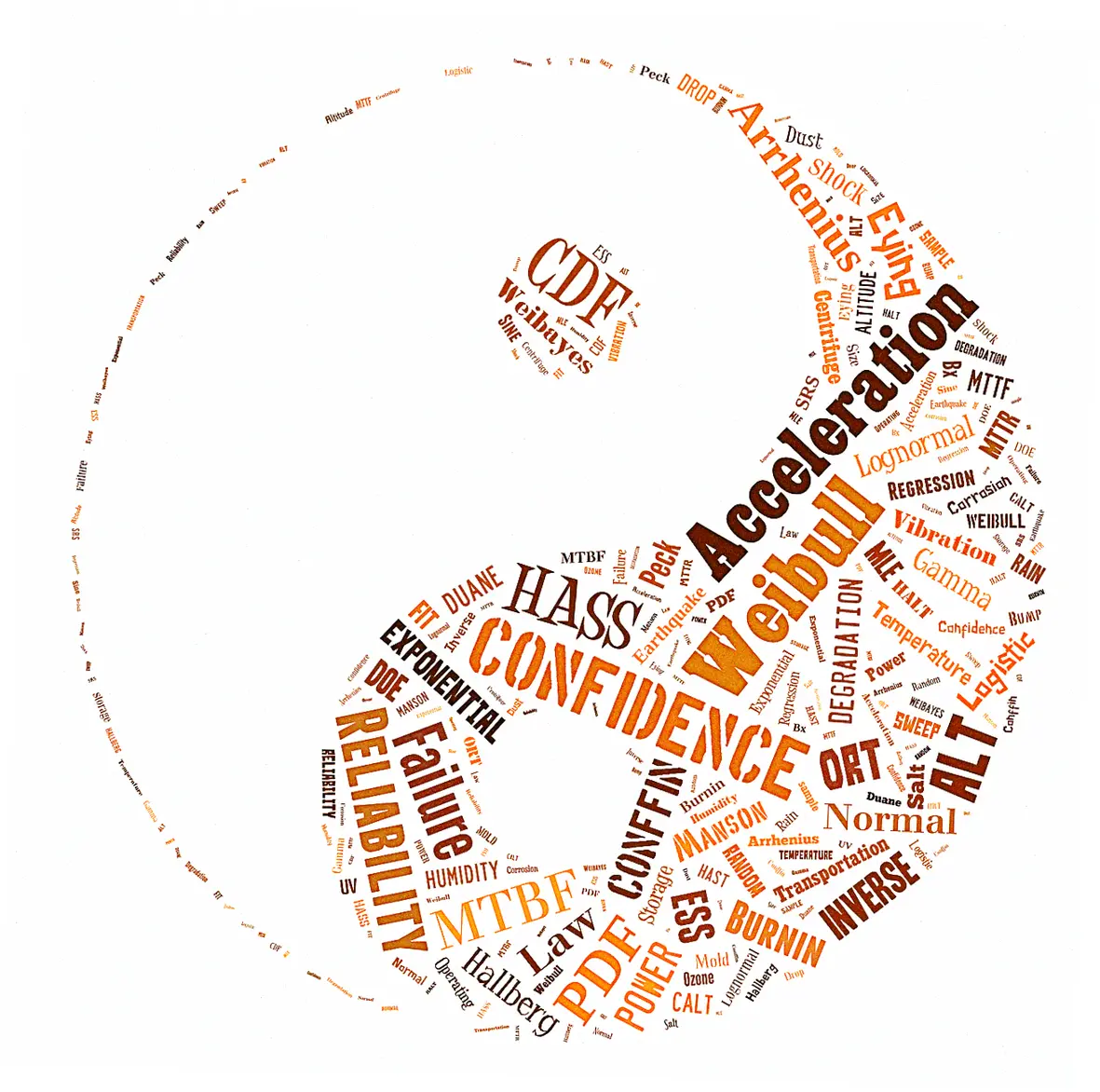
Tai Chi Chuan history and lineage preservation
Understanding Tai Chi’s rich history enhances modern practice.
The art traces back to Chen Village, though legends speak of earlier Taoist origins. I once visited Chenjiagou, training where generations of masters refined these techniques.
The Yang style emerged when Yang Luchan learned Chen style then adapted it—sparking debates about authenticity that continue today. Modern research confirms Hong Quan’s influence on early Tai Chi, bridging northern and southern martial traditions. Preserving these lineages matters because each carries unique insights; losing them would impoverish the art. Contemporary practitioners balance respect for tradition with necessary adaptations—like my school’s wheelchair-accessible Tai Chi program. Whether you prefer classical forms or modern variations, knowing the history grounds your practice in something larger than yourself.
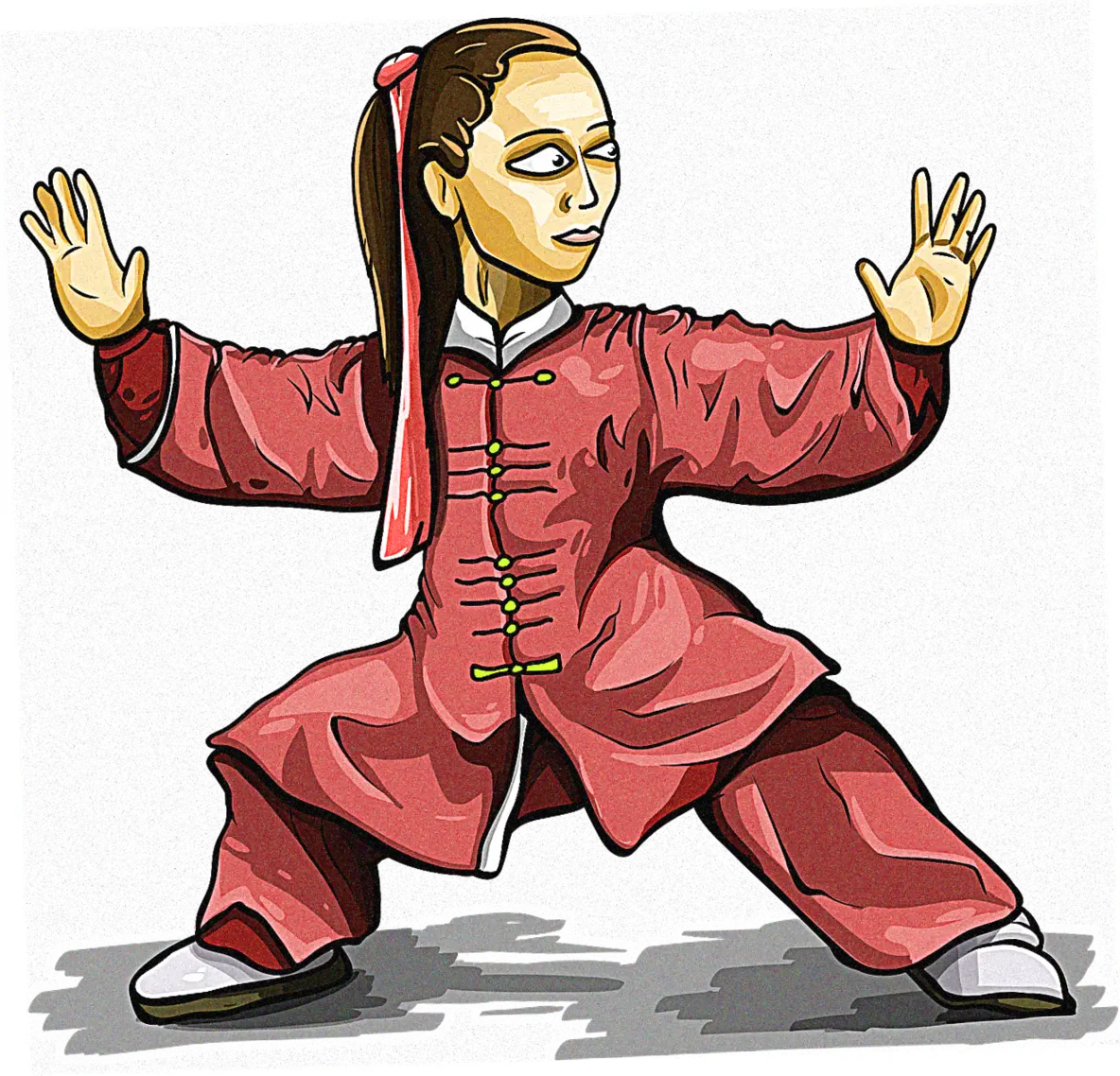
Tai Chi Chuan for seniors balance improvement
Falls pose serious risks for older adults, but Tai Chi’s balance-enhancing effects are well-documented.
The Golden Rooster Stands on One Leg posture might challenge beginners but significantly improves stability over time. Retirement community director Maria Gonzalez reports fewer falls among residents since introducing Tai Chi classes.
The secret lies in Tai Chi’s emphasis on rooting—maintaining connection with the ground while moving. Unlike static balance exercises, Tai Chi trains dynamic stability, more reflective of real-life situations. CDC guidelines now recommend Tai Chi for fall prevention, citing 20-30% risk reduction in studies. Even simple weight-shifting exercises can make a difference. If you or a loved one faces balance concerns, Tai Chi offers a enjoyable, evidence-based solution. Start slow, use support if needed, and celebrate small progressions—your future self will thank you.
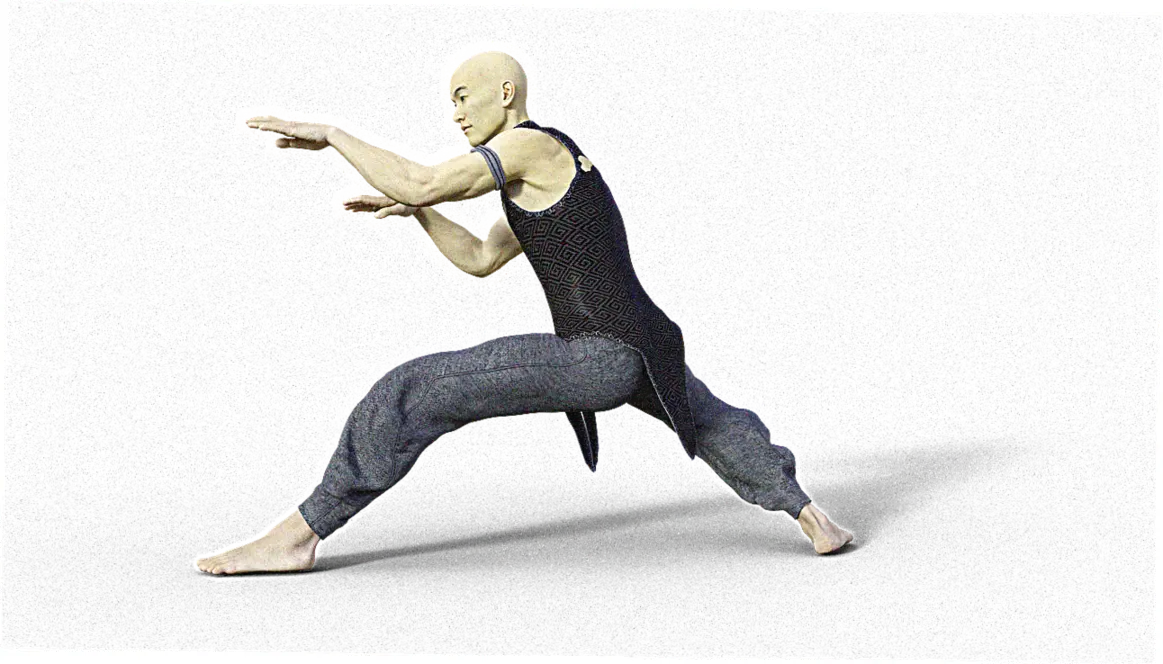
Tai Chi Chuan meditation in motion methods
Calling Tai Chi moving meditation isn’t just poetic—it describes a tangible mental state.
The Ward Off and Press sequence, performed with full awareness, can induce meditative focus comparable to seated practice. Tech entrepreneur David Chen uses these methods to stay centered during high-pressure days.
Unlike static meditation that some find difficult, Tai Chi provides physical anchors for attention—the breath, the sensations, the flow. Neuroscience research shows similar brainwave patterns in advanced Tai Chi practitioners and meditators. Beginners often struggle with quieting the mind; a useful tip is to focus on one sensory input at a time, like the hands movement. Whether you seek stress relief or spiritual depth, Tai Chi’s meditative dimension makes it a uniquely holistic practice. The movement becomes the meditation, accessible to those who can’t sit still yet crave inner peace.
From combat applications to health benefits, Tai Chi Chuan techniques offer something for everyone. Whether you’re drawn to the martial aspects or the meditative flow, consistent practice yields transformative results.
Remember, even masters were once beginners—what matters is showing up on your mat regularly. Why not try one technique today? Your journey begins with a single movement. Share your experiences in the comments below; I’d love to hear how Tai Chi enriches your life.
